Home>Furniture & Design>Outdoor Furniture>What Temperature For Outdoor Painting
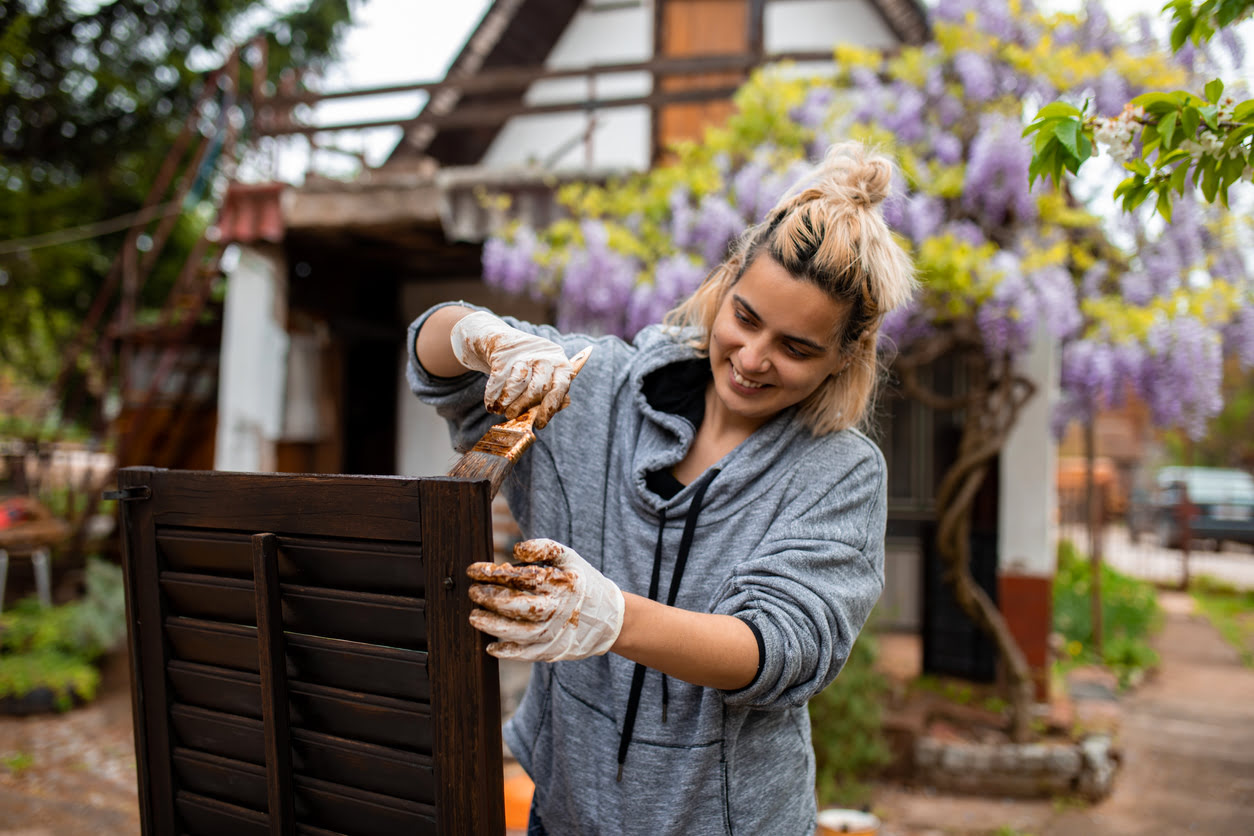

Outdoor Furniture
What Temperature For Outdoor Painting
Published: January 14, 2024
Discover the ideal outdoor painting temperature for your furniture and design projects. Ensure lasting results with our expert tips and recommendations.
(Many of the links in this article redirect to a specific reviewed product. Your purchase of these products through affiliate links helps to generate commission for Storables.com, at no extra cost. Learn more)
Introduction
When it comes to outdoor painting projects, the temperature plays a pivotal role in achieving a flawless finish. Whether you're reviving your weathered wooden deck, adding a fresh coat of color to your garden furniture, or embarking on a creative DIY endeavor, understanding the impact of temperature on paint application is essential. The interplay between temperature and paint can significantly influence the longevity and aesthetic appeal of your outdoor furniture and design elements.
In this comprehensive guide, we will delve into the critical factors to consider when painting outdoors, explore the ideal temperature range for various types of outdoor painting projects, discuss the potential consequences of painting in incorrect temperatures, and provide invaluable tips for achieving exceptional results regardless of the weather conditions. By the end of this journey, you will be equipped with the knowledge and insights needed to elevate your outdoor painting endeavors to new heights, ensuring that your creations stand the test of time amidst the elements. So, let's embark on this illuminating exploration of the optimal temperatures for outdoor painting and unleash the full potential of your outdoor furniture and design aspirations.
Key Takeaways:
- Choose the right temperature! For outdoor painting, aim for 50°F to 85°F. Avoid extreme heat or cold to achieve a smooth, long-lasting finish on your furniture and design elements.
- Watch the weather! Monitor humidity and sunlight. Painting in moderate conditions and adjusting techniques can help you achieve professional-quality results that withstand outdoor exposure.
Factors to Consider
Before picking up your paintbrush and embarking on an outdoor painting project, it’s crucial to consider several key factors that can significantly impact the success of your endeavor. Understanding these factors will empower you to make informed decisions and ensure that your outdoor furniture and design elements receive the care and attention they deserve.
- Type of Surface: The material of the surface you plan to paint, whether it’s wood, metal, plastic, or concrete, can influence the ideal temperature for painting. Different materials have varying thermal properties, which can affect how they interact with paint at different temperatures.
- Humidity Levels: High humidity can impede the drying process of paint, leading to prolonged drying times and potential issues such as blistering or wrinkling. It’s essential to take humidity levels into account, as they can impact the overall quality of the paint job.
- Exposure to Elements: Outdoor furniture and design elements are constantly exposed to the elements, including sunlight, rain, and fluctuating temperatures. Considering the prevailing weather conditions and the anticipated exposure of the painted surface is crucial when determining the optimal time for painting.
- Type of Paint: Different types of paint, such as latex, oil-based, or acrylic, have distinct temperature requirements for proper application and curing. Understanding the specifications of the paint you intend to use is essential for achieving the best results.
- Application Method: Whether you plan to brush on the paint, use a roller, or opt for spray application, the chosen method can influence the impact of temperature on the painting process. Each application method may have specific temperature-related considerations to keep in mind.
By carefully considering these factors and their implications, you can lay a solid foundation for a successful outdoor painting project. Armed with this knowledge, you’ll be better prepared to navigate the intricacies of outdoor painting and elevate the visual appeal and durability of your outdoor furniture and design elements.
Ideal Temperature for Outdoor Painting
The ideal temperature for outdoor painting is a critical consideration that can significantly impact the quality and longevity of the paint job. While the specific ideal temperature range can vary depending on the type of paint and the surface being painted, there are general guidelines to keep in mind when planning your outdoor painting project.
For most outdoor painting endeavors, including painting wooden furniture, decks, or metal fixtures, the optimal temperature typically falls between 50°F and 85°F (10°C to 29°C). Within this temperature range, paint can adhere to the surface effectively, dry at a reasonable pace, and achieve a smooth and uniform finish. However, it’s essential to consult the manufacturer’s recommendations for the specific type of paint you intend to use, as different formulations may have distinct temperature requirements.
When the temperature surpasses the upper threshold of the ideal range, the paint may dry too quickly, leading to issues such as brush marks, lap marks, or an uneven finish. On the other hand, painting in temperatures below the lower limit can impede the proper drying and curing of the paint, potentially resulting in poor adhesion, prolonged drying times, and susceptibility to damage from the elements.
It’s important to note that the ideal temperature range is not the only consideration. Factors such as humidity levels and direct sunlight exposure can also influence the painting process. In high-humidity environments, it’s advisable to aim for the lower end of the temperature range to mitigate the impact of prolonged drying times caused by moisture in the air. Additionally, painting in direct sunlight or extremely hot conditions can lead to premature drying and potential complications.
By aligning your outdoor painting schedule with the ideal temperature range and considering the interplay of environmental factors, you can maximize the chances of achieving a professional-quality finish that enhances the beauty and durability of your outdoor furniture and design elements.
For outdoor painting, the best temperature is between 50-85°F. Avoid painting in extreme heat or cold as it can affect the paint’s ability to adhere and dry properly.
Consequences of Painting in Incorrect Temperatures
Painting outdoor surfaces in temperatures that deviate from the ideal range can lead to a myriad of undesirable consequences, jeopardizing the integrity and aesthetic appeal of the paint job. Understanding the potential repercussions of painting in incorrect temperatures is crucial for averting avoidable complications and ensuring the longevity of your outdoor furniture and design elements.
When painting in excessively high temperatures, several issues may arise. The rapid evaporation of solvents in the paint can lead to premature drying, resulting in brush marks, lap marks, and an uneven finish. Additionally, the accelerated drying process can impede the leveling of the paint, leading to a textured or rough surface that detracts from the desired smooth and flawless appearance.
Conversely, painting in excessively low temperatures can impede the proper drying and curing of the paint. The cold temperatures can slow down the evaporation of solvents, prolonging the drying time and leaving the paint vulnerable to damage from environmental factors. Inadequate drying can also compromise the adhesion of the paint to the surface, increasing the risk of peeling, cracking, or flaking over time.
High humidity levels coupled with incorrect temperatures can exacerbate these issues, leading to prolonged drying times, reduced adhesion, and an increased susceptibility to defects such as blistering and wrinkling. The presence of moisture in the air can compromise the integrity of the paint film, undermining its ability to withstand the rigors of outdoor exposure.
Furthermore, painting in direct sunlight or extreme heat can pose challenges, as the intense UV radiation and heat can impact the application and drying of the paint. Rapid evaporation in direct sunlight may lead to visible brush marks and an uneven sheen, while the heat can accelerate the drying process, potentially causing adhesion and leveling issues.
By recognizing the potential consequences of painting in incorrect temperatures and taking proactive measures to align your painting schedule with the optimal temperature range, you can safeguard the quality and resilience of your outdoor painting projects. This awareness empowers you to make informed decisions that elevate the visual appeal and durability of your outdoor furniture and design elements, ensuring that your creations withstand the test of time and environmental challenges.
Tips for Painting in Various Temperatures
Painting outdoor furniture and design elements in diverse temperature conditions requires a strategic approach to ensure optimal results and long-lasting durability. By implementing the following tips, you can navigate the nuances of varying temperatures and elevate the quality of your outdoor painting projects:
- Consult Manufacturer Guidelines: Before initiating any outdoor painting endeavor, carefully review the manufacturer’s guidelines and specifications for the paint you intend to use. Manufacturers often provide detailed recommendations regarding the ideal temperature range, application methods, and environmental considerations for their products.
- Monitor Weather Conditions: Stay attuned to weather forecasts and plan your painting schedule during periods of moderate temperature and humidity. Avoid painting during extreme heat, direct sunlight, or high humidity, as these conditions can impede the proper application and drying of the paint.
- Choose the Right Time of Day: Opt for early morning or late afternoon painting sessions to avoid the peak temperatures of the day. Painting during cooler periods can facilitate better paint adhesion, reduce the risk of premature drying, and enhance the overall finish.
- Utilize Proper Ventilation: Adequate ventilation is crucial when painting in enclosed or semi-enclosed outdoor spaces. Proper airflow can help mitigate the impact of high humidity and accelerate the drying process, ensuring a smooth and uniform finish.
- Consider Surface Temperature: Evaluate the temperature of the surface being painted, especially when working with materials that are prone to retaining heat, such as metal or concrete. Excessive surface heat can accelerate the drying of the paint, necessitating swift and efficient application techniques.
- Adjust Application Techniques: Tailor your painting techniques to accommodate the prevailing temperatures. In cooler conditions, consider using thinner coats of paint and allowing for extended drying times, while in warmer temperatures, work efficiently to maintain a wet edge and achieve uniform coverage.
- Utilize Temperature-Adaptive Products: Explore the availability of temperature-adaptive paints and additives designed to enhance the performance of paint in varying temperature ranges. These specialized products can offer greater flexibility and resilience when painting in challenging environmental conditions.
By integrating these tips into your outdoor painting endeavors, you can effectively navigate the complexities of diverse temperatures and environmental factors, ultimately achieving exceptional results that elevate the beauty and longevity of your outdoor furniture and design elements. With a thoughtful and informed approach, you can harness the transformative power of paint to breathe new life into your outdoor spaces, creating captivating and enduring visual experiences.
Conclusion
Embarking on outdoor painting projects presents an opportunity to infuse creativity and revitalization into your outdoor furniture and design elements. By understanding the critical role of temperature in the painting process and taking proactive measures to align your endeavors with the optimal temperature range, you can elevate the quality, durability, and visual appeal of your outdoor creations.
From wooden deck refurbishments to embellishing garden furniture, the ideal temperature for outdoor painting serves as a guiding principle for achieving exceptional results. By considering the type of surface, humidity levels, exposure to elements, type of paint, and application method, you lay the groundwork for a successful painting project that withstands the test of time.
Recognizing the consequences of painting in incorrect temperatures empowers you to make informed decisions and avert avoidable complications. By avoiding extremes in temperature, high humidity, and direct sunlight, you can mitigate issues such as premature drying, poor adhesion, and surface defects, ensuring a professional-quality finish that endures the rigors of outdoor exposure.
Through the implementation of strategic tips tailored to diverse temperature conditions, such as consulting manufacturer guidelines, monitoring weather conditions, and adjusting application techniques, you can navigate the nuances of outdoor painting with confidence and precision. By leveraging these insights, you enhance the resilience and aesthetic impact of your outdoor painting projects, fostering enduring beauty and functionality in your outdoor spaces.
As you embark on your next outdoor painting endeavor, may this comprehensive guide serve as a beacon of knowledge, empowering you to unleash the full potential of your outdoor furniture and design aspirations. With a harmonious blend of creativity, expertise, and environmental awareness, your outdoor spaces will flourish with captivating colors and enduring charm, reflecting the artistry and care infused into every brushstroke.
Embrace the transformative power of outdoor painting, and let your outdoor furniture and design elements become timeless testaments to your creative vision and dedication to excellence.
Frequently Asked Questions about What Temperature For Outdoor Painting
Was this page helpful?
At Storables.com, we guarantee accurate and reliable information. Our content, validated by Expert Board Contributors, is crafted following stringent Editorial Policies. We're committed to providing you with well-researched, expert-backed insights for all your informational needs.
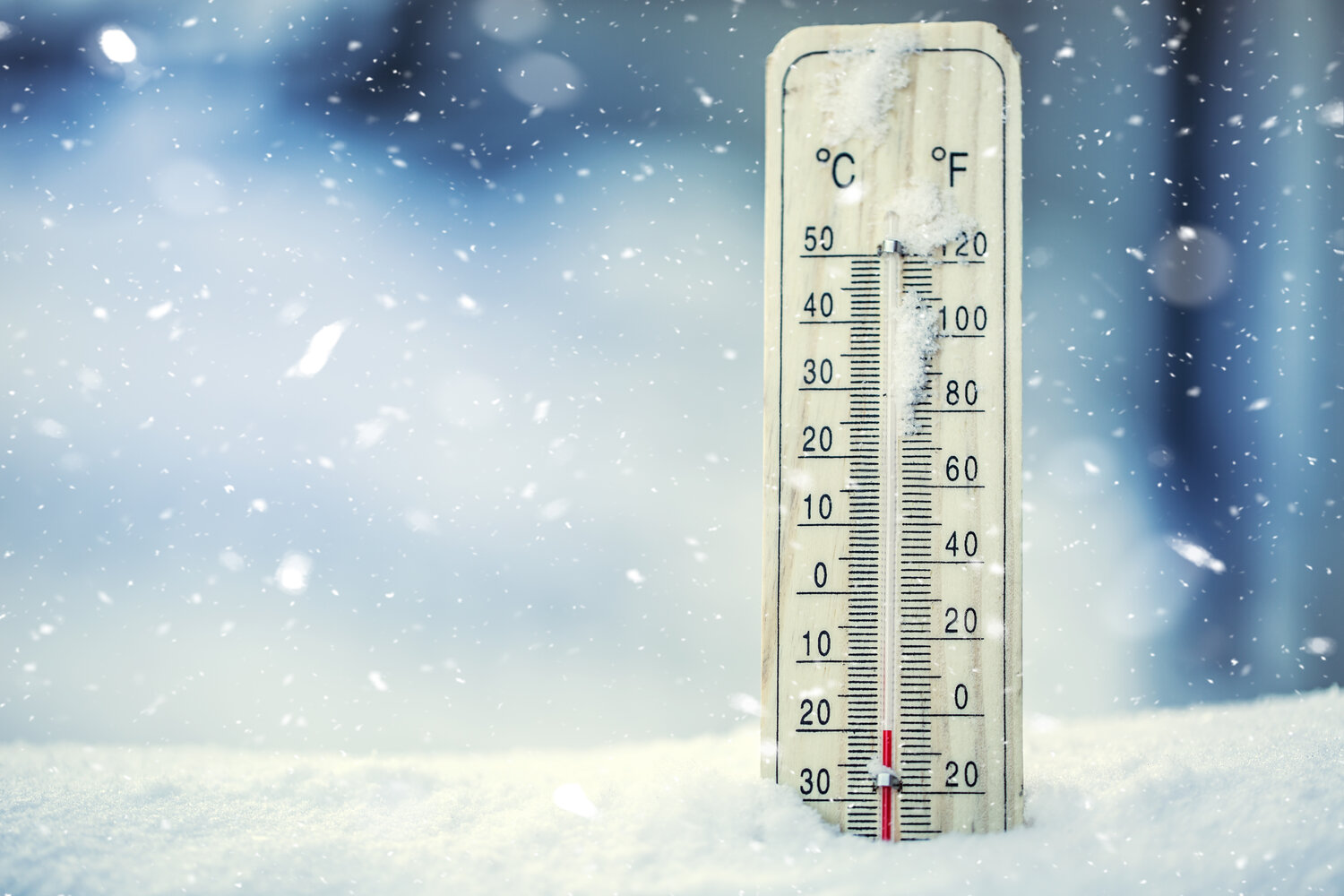
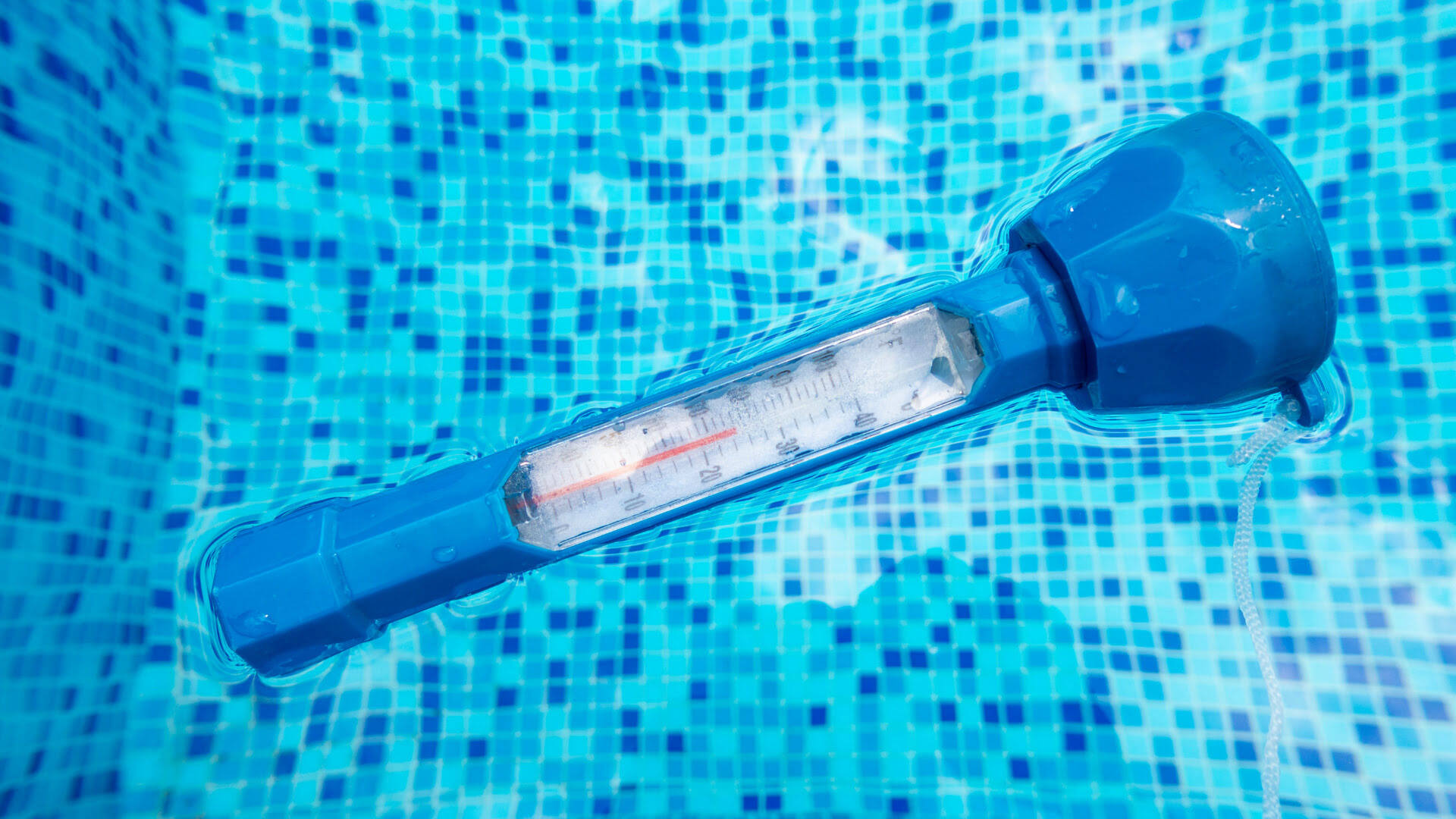
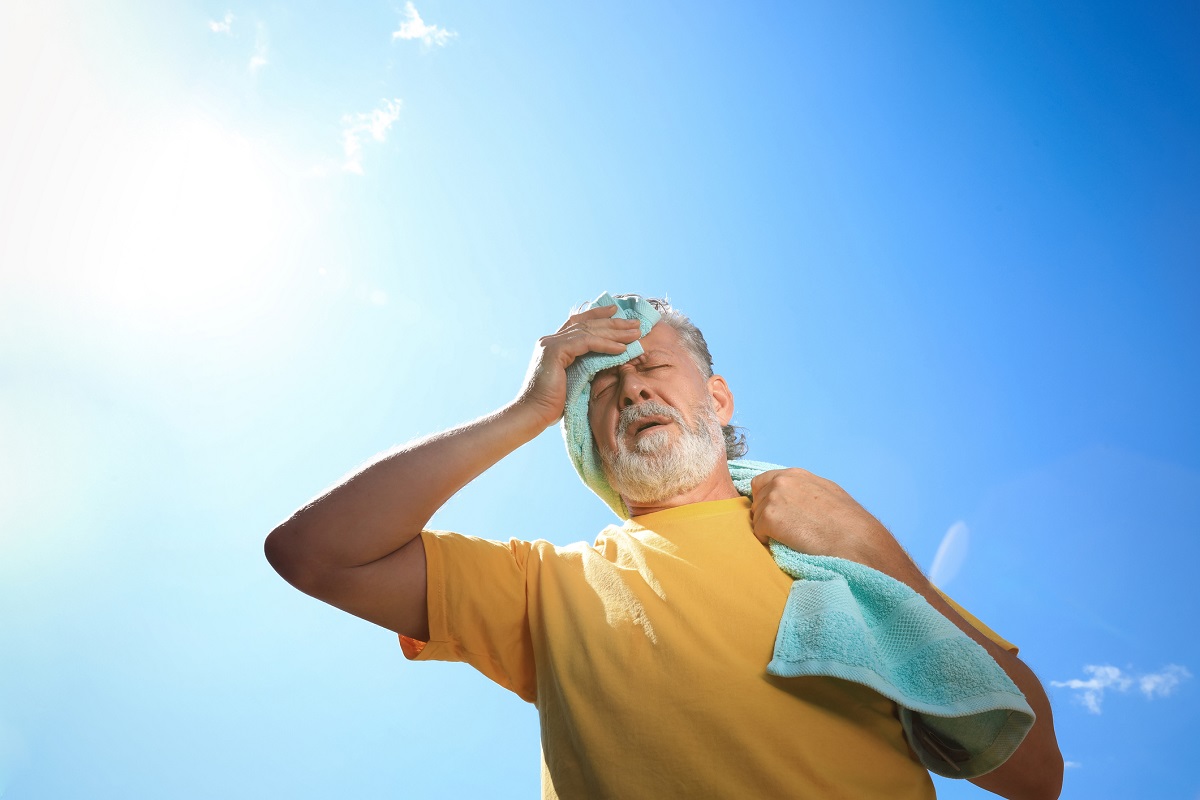
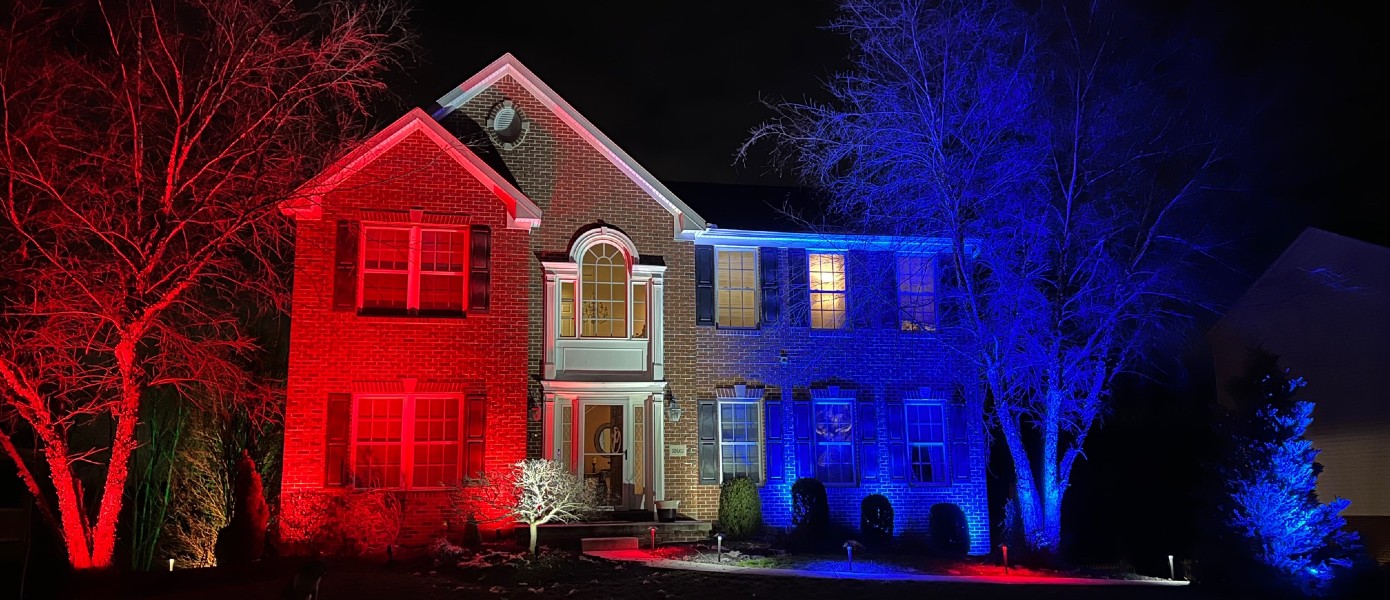
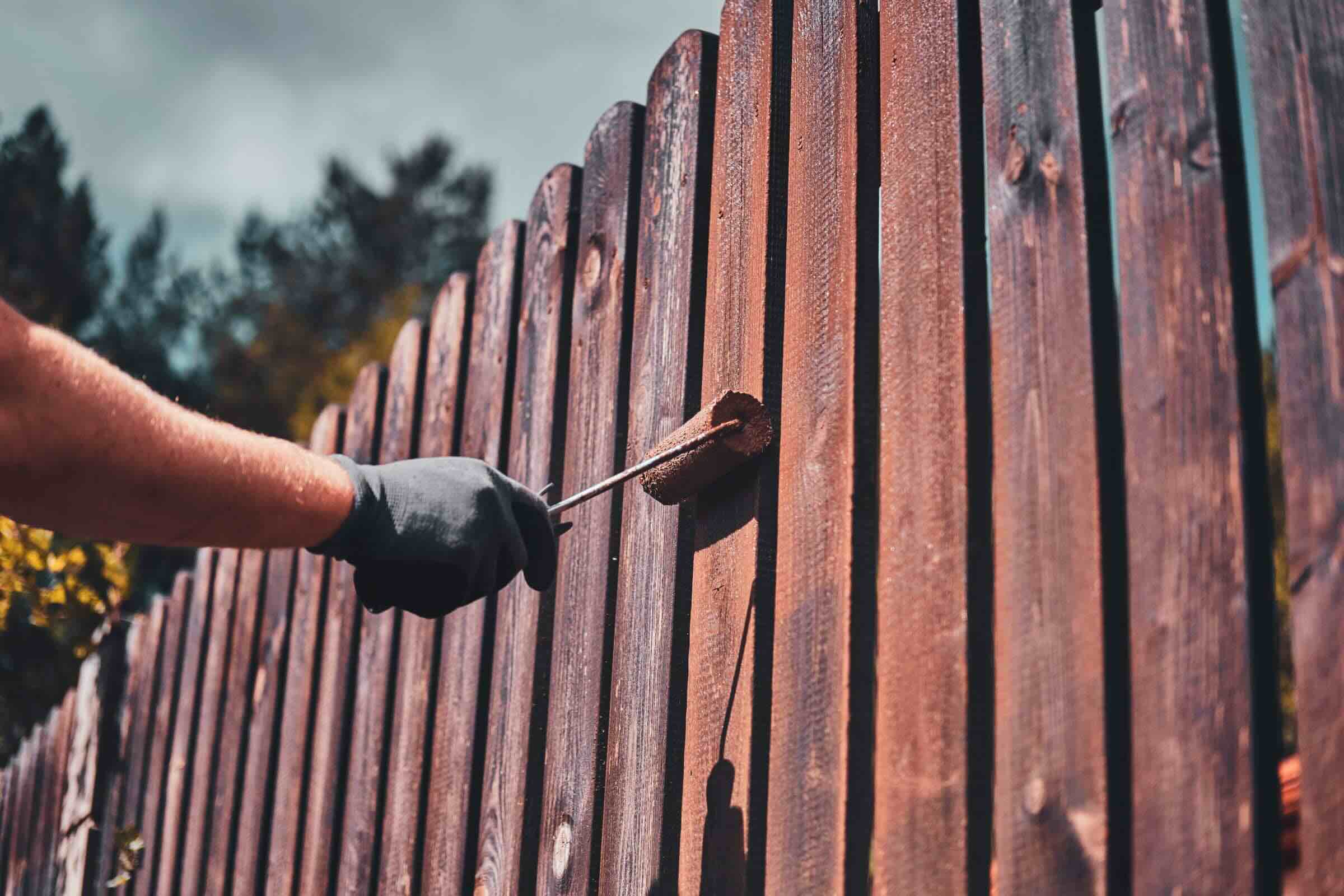
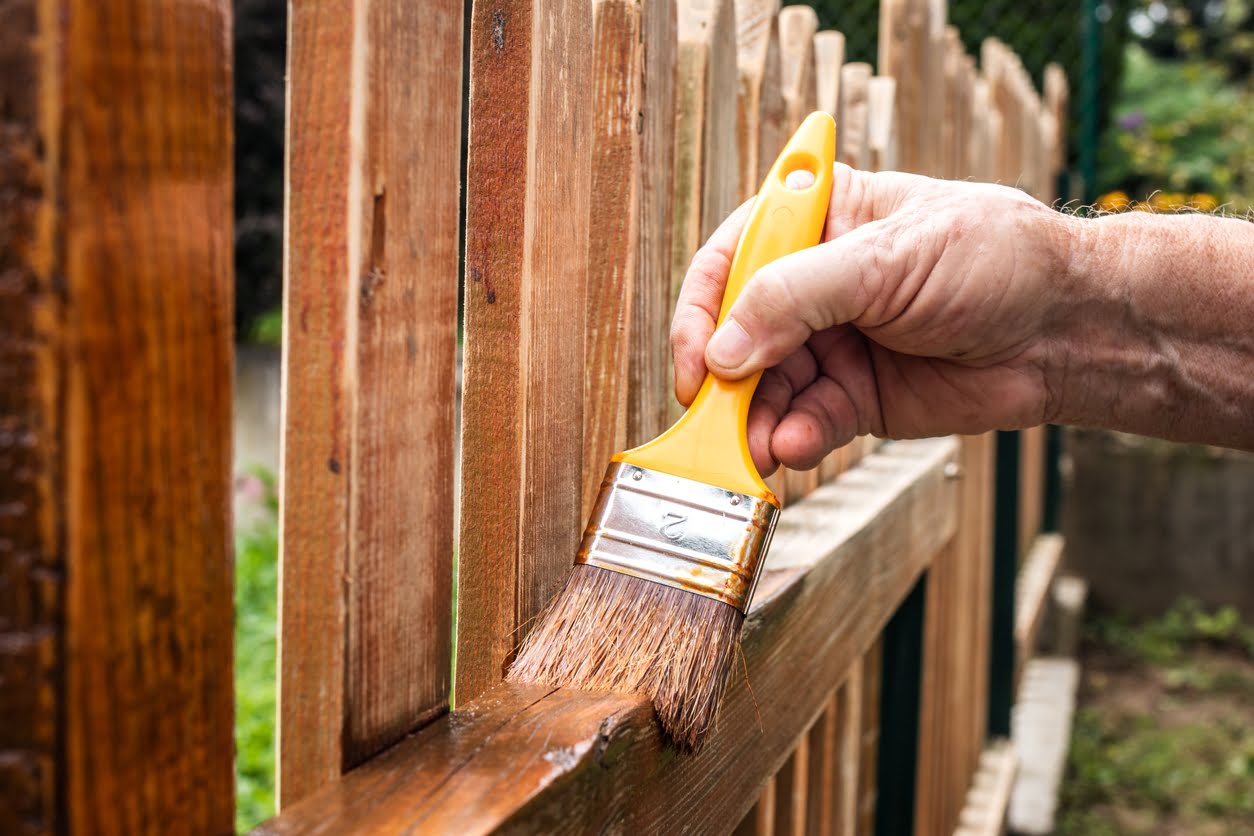
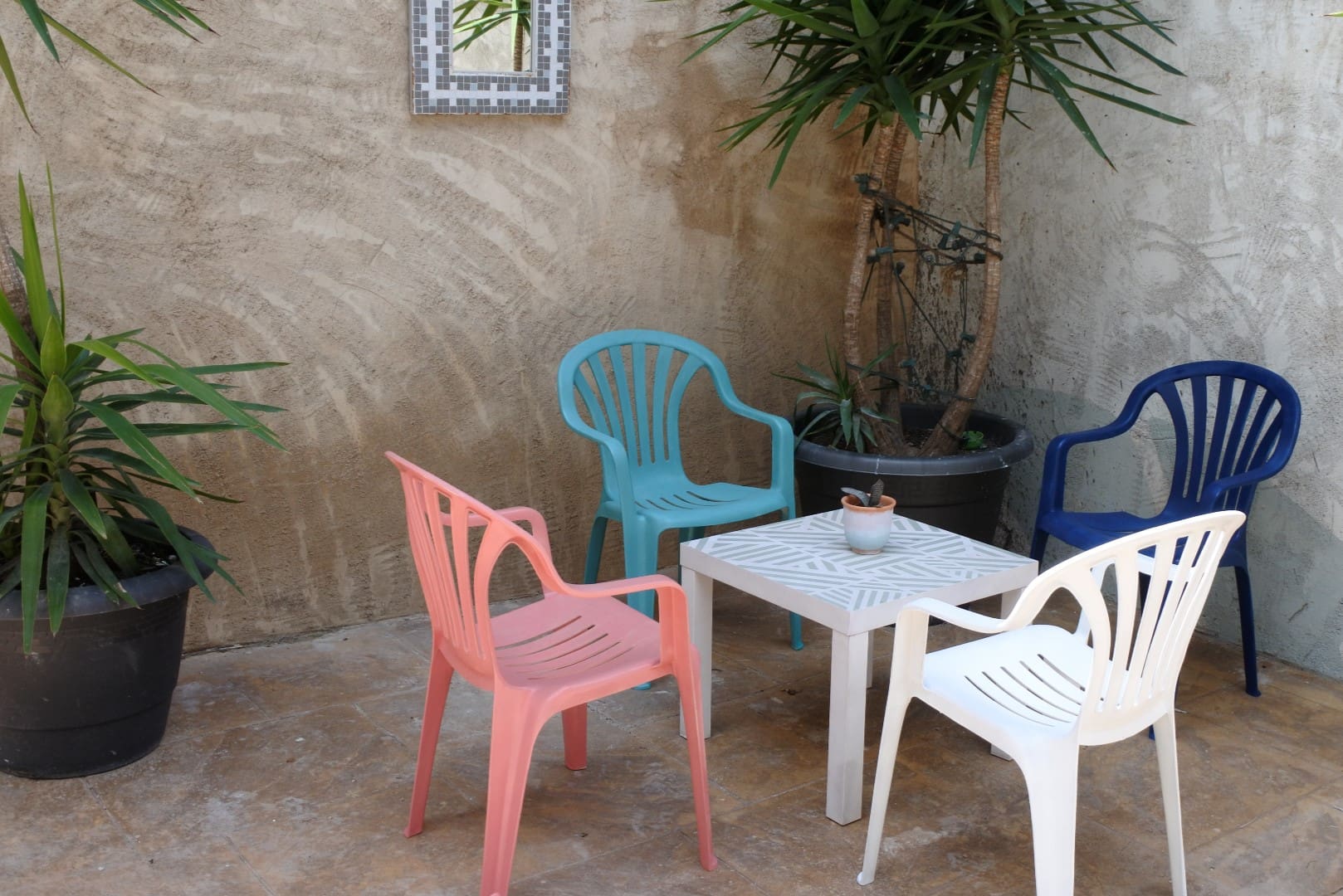
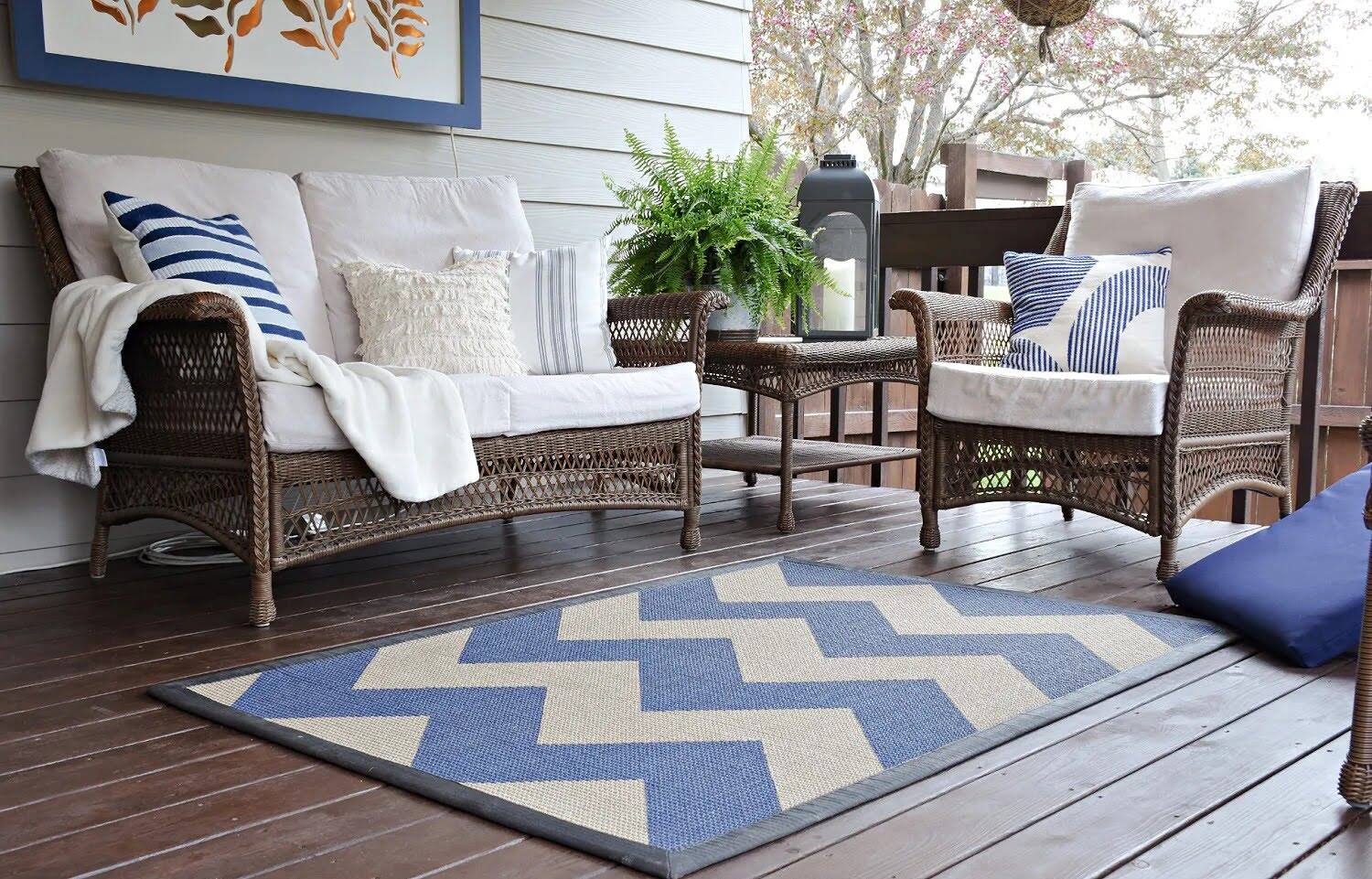
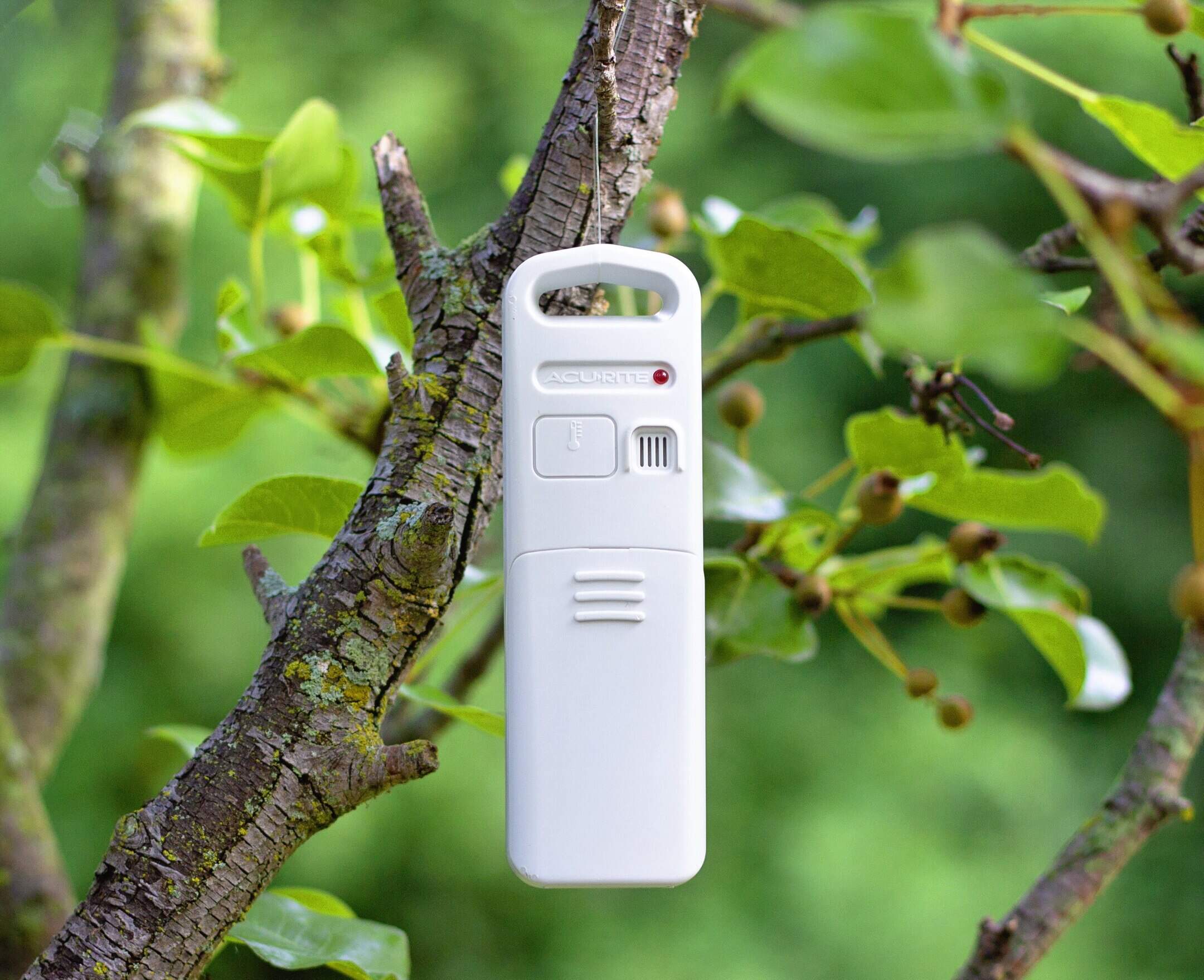
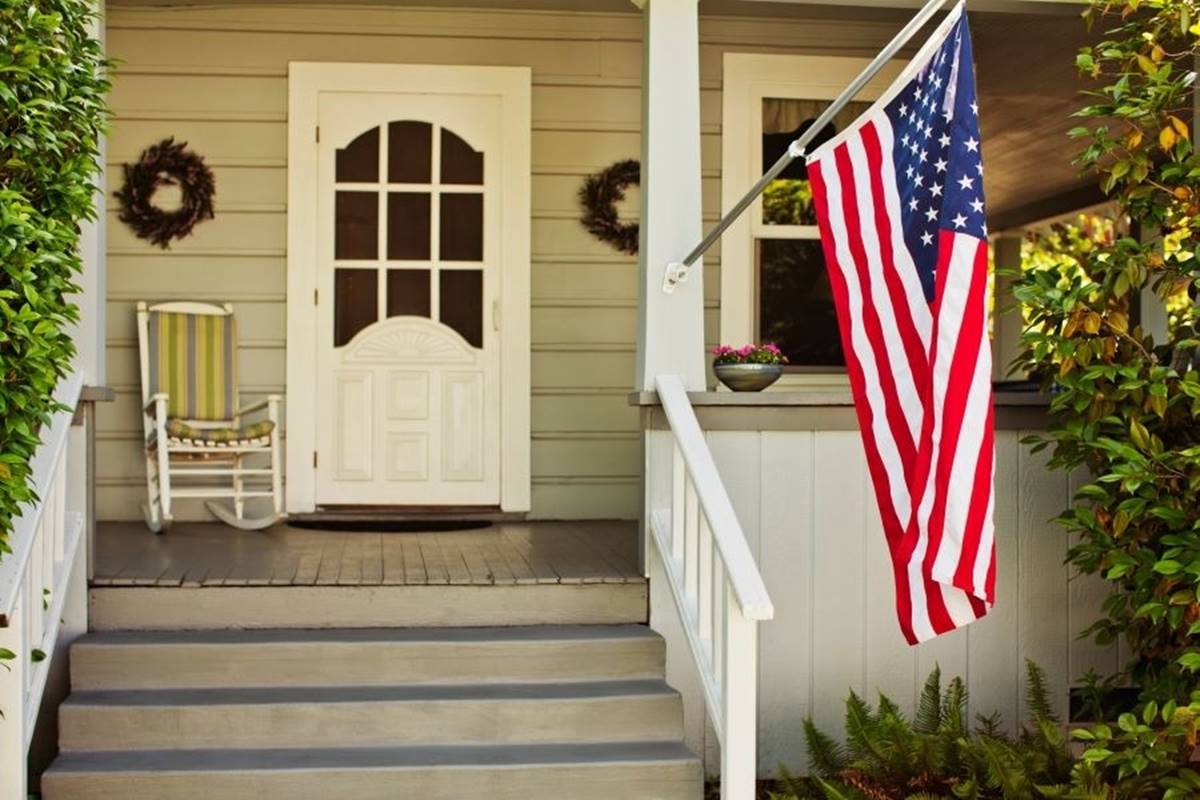
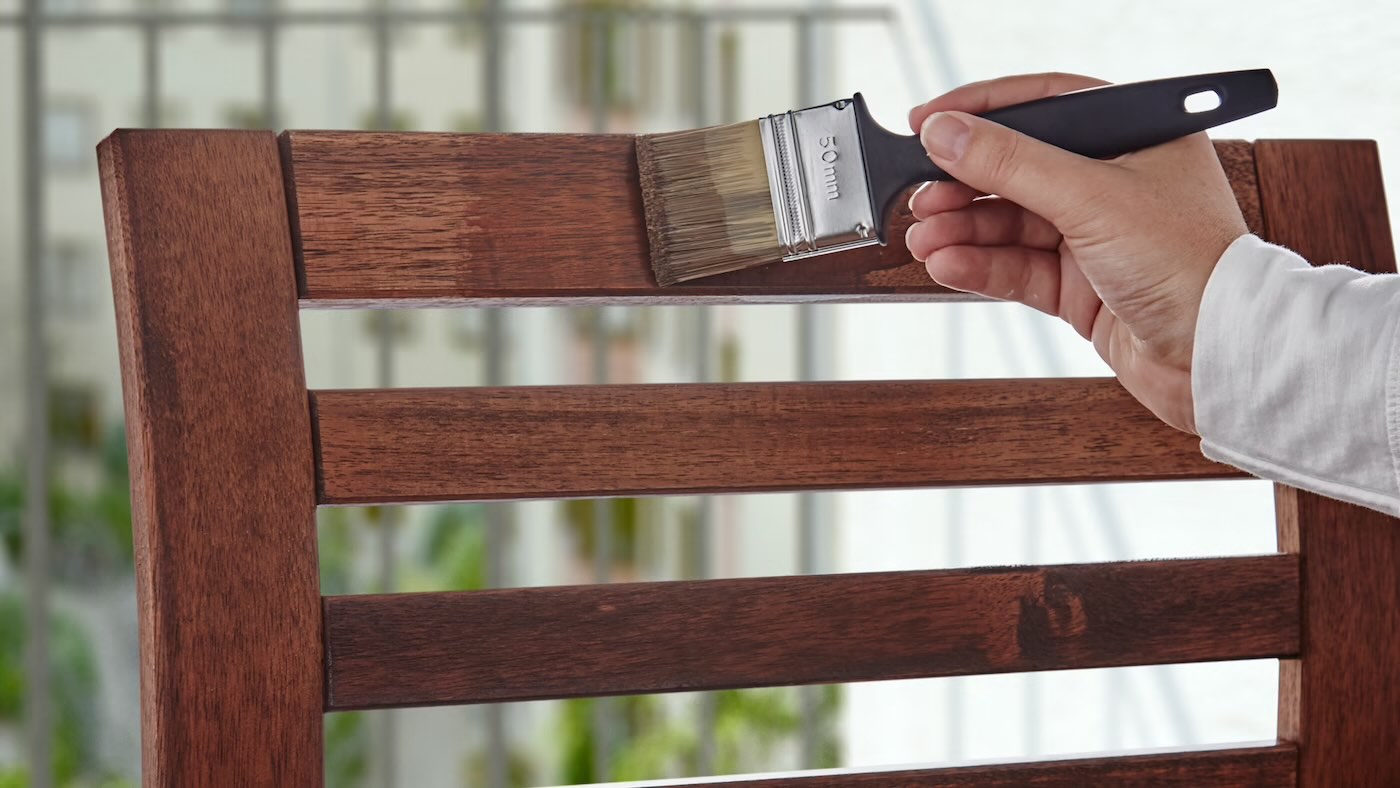
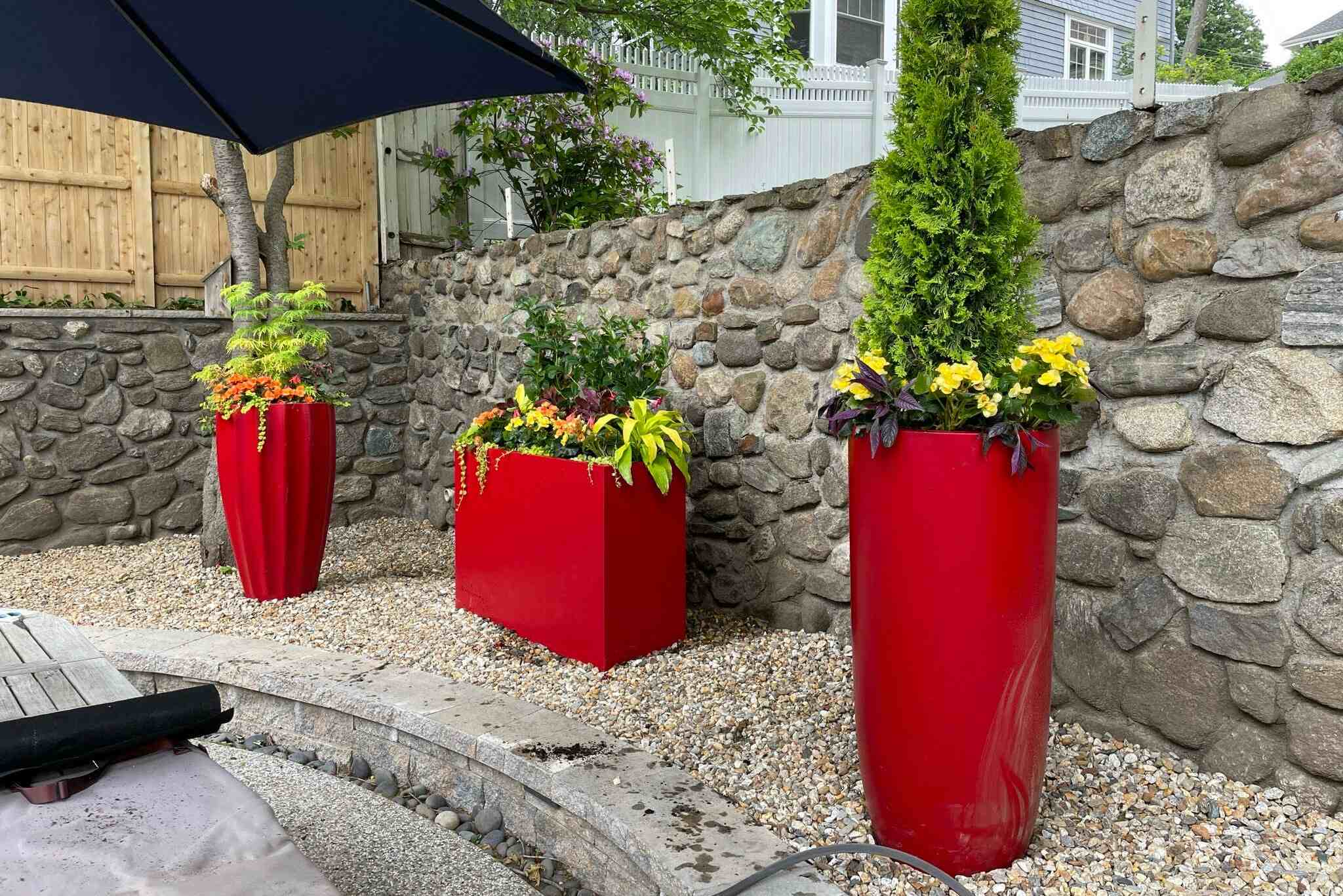
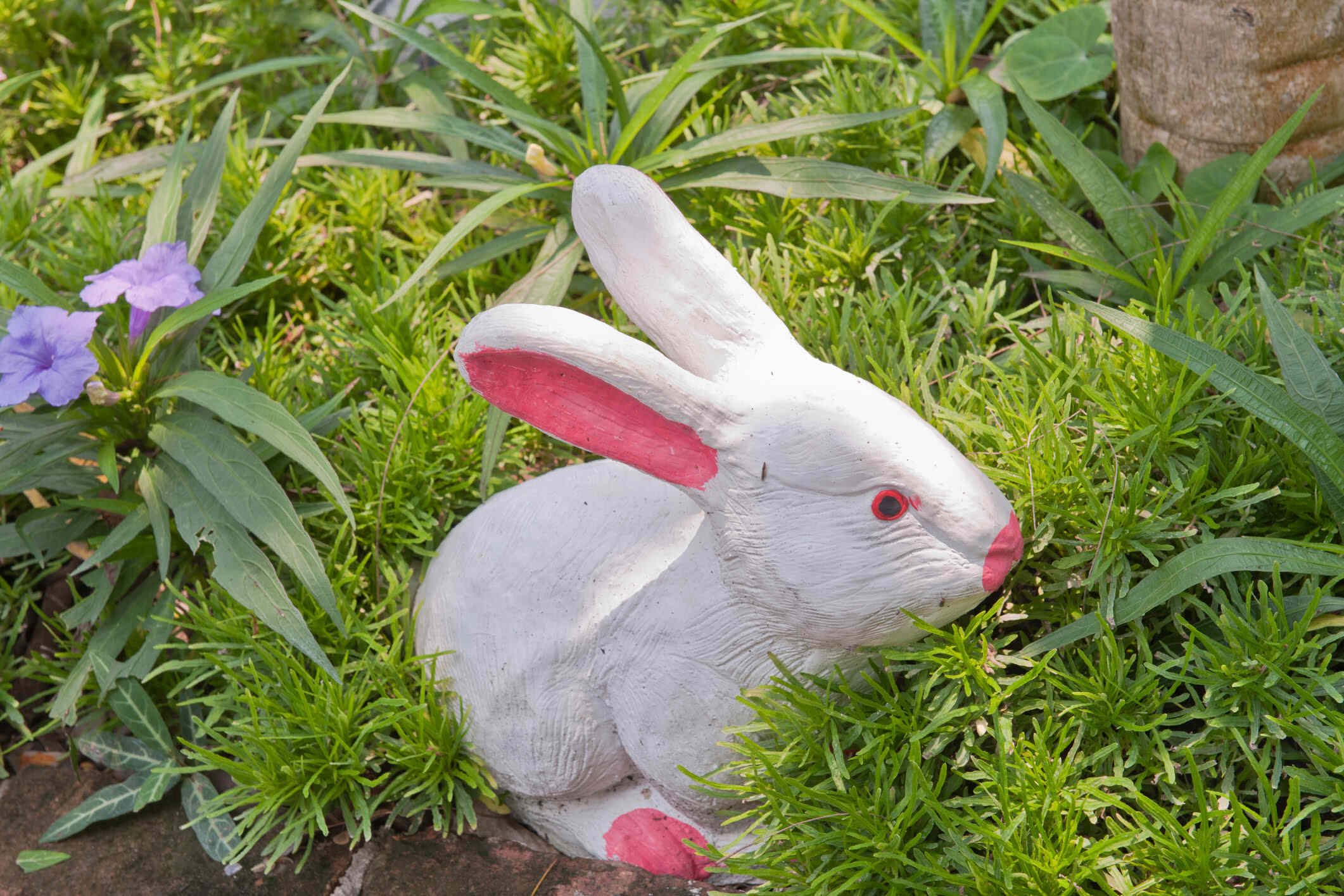
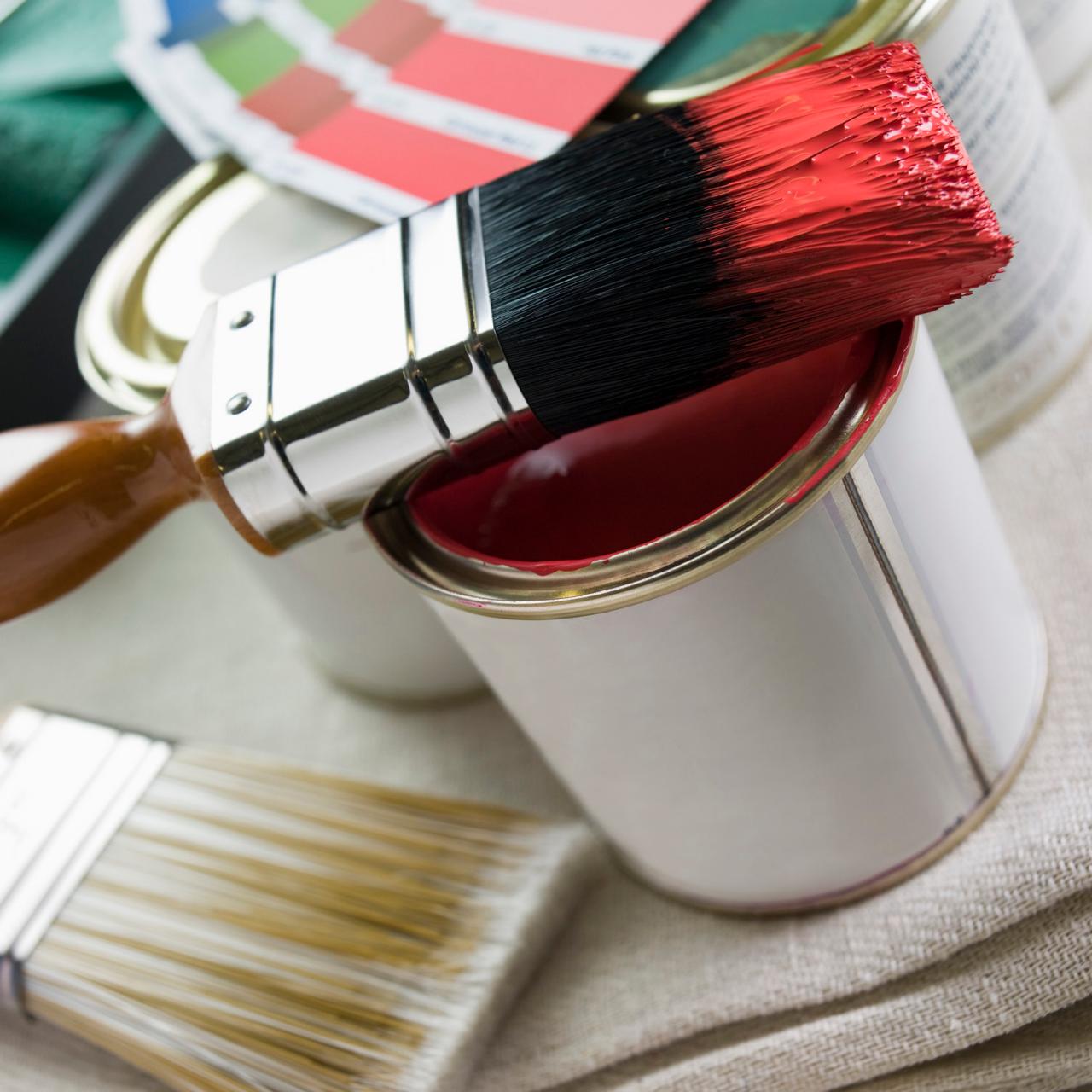

0 thoughts on “What Temperature For Outdoor Painting”